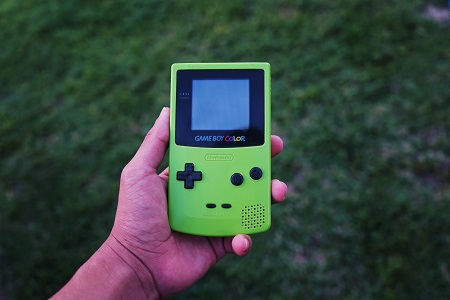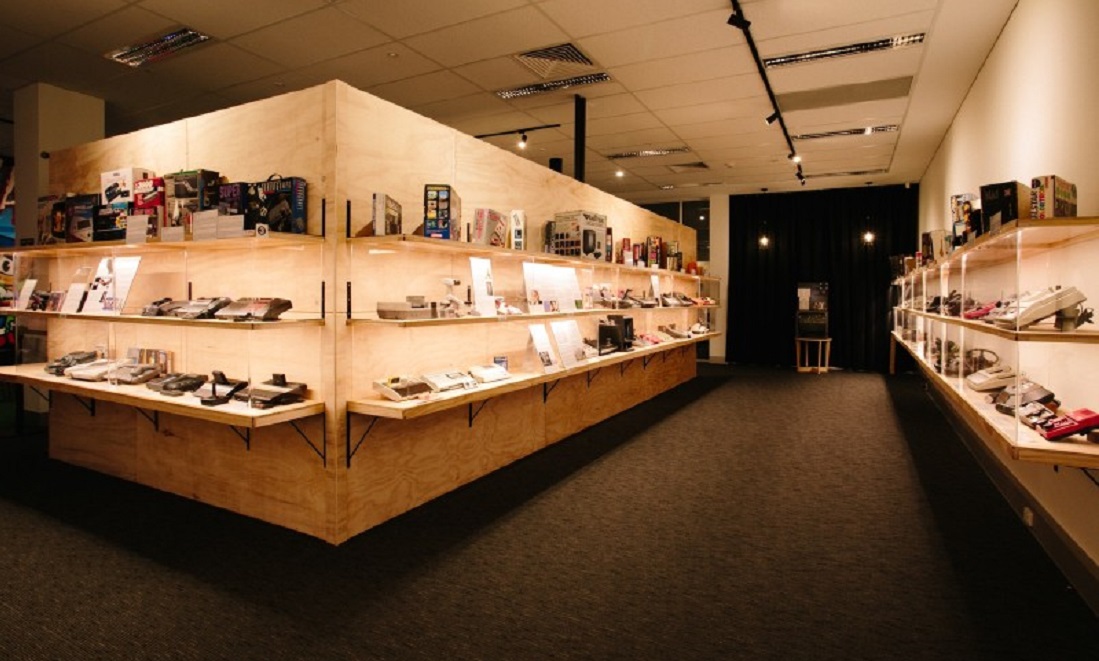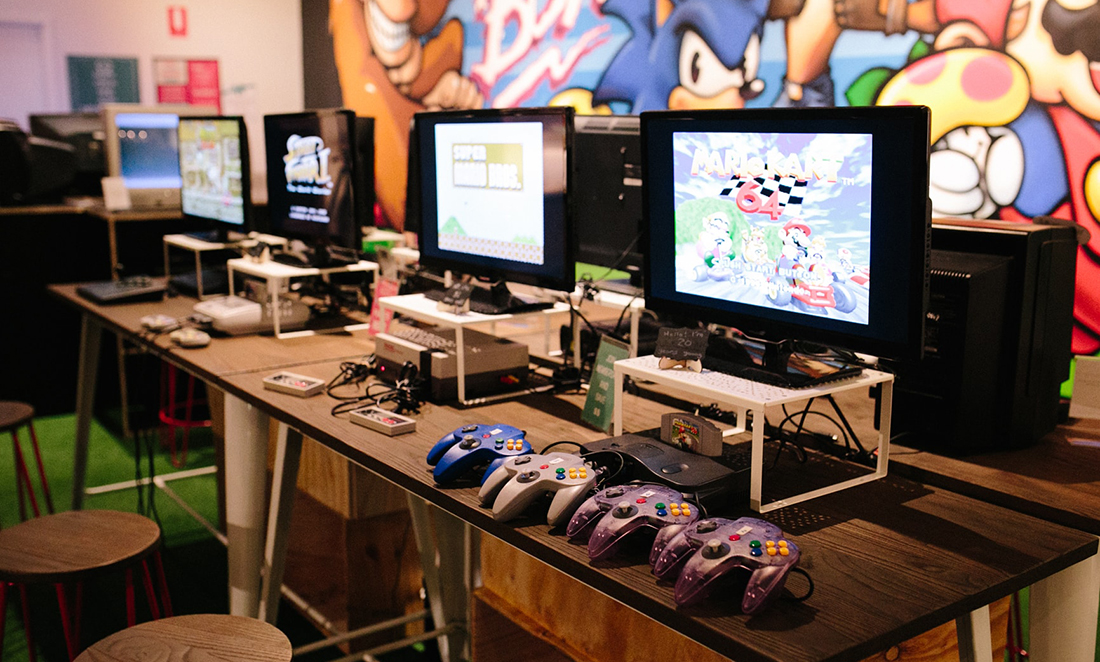The Nostalgia Box sits in a little shopfront near the State Library of Western Australia, in the heart of Perth’s cultural precinct. It houses over a hundred vintage consoles (including my favourite, the Virtual Boy, Nintendo’s very, very early foray into the world of virtual reality) and an area with some playable classics, including Duck Hunt (with the infamous NES Zapper light gun). Founder Jessie Yeoh tells me that, as far as she knows, it’s the first and only museum of its kind in Australia.
Childhood memories
Originally working as an accountant, Jessie (whose favourite game, for the record, is Super Mario Land on the Game Boy) was inspired by her childhood growing up playing video games with her two older brothers.

“I wasn’t any good at the games, but it was still a very fun and memorable part of my childhood,” Jessie tells me.
“The idea came about when I realised many of us who grew up playing what are now called retrogames have limited or no way of reliving those childhood moments again.” She also wanted people to learn about the history of the industry and how video games have become such a big part of our lives. And thus, the Box was born.
The resurgence of retrogames
Retrogames are games that were created in the golden age of video games in the 1970s and 1980s. First, these were arcade games that could be played in arcades with friends in the 1970s and then home consoles by the likes of Nintendo, Sega and Atari in the 1980s.
People who grew up during this time are now adults, many of whom now have families. This is why there’s now a huge revival in interest in these old classics.

“To these adults, gaming is legitimately a childhood memory—to most, a positive memory,” Jessie tells me.“The desire to reconnect with the past and to share their childhood with the next generation has contributed to the revival of the original classics.”
The result is museums like the Nostalgia Box, but also the revision and rereleasing of old games and consoles, such as the Nintendo Classic Mini. It also means we see the look of new games borrowing from the past, with pixelated art and 8-bit inspired music.

A new generation
This interest in retrogaming by parents is also creating connections between the generations. This is something the Box is very happy to facilitate. As Jessie tells me, many parents bring their kids to the museum for this very reason. “I think the opportunity to share your childhood with your children is a very special bonding experience,” she says.
“We often see excited parents sharing stories and games they used to play, showing the kids tricks and secrets of a game they still remember even after so many years. I still remember this one time I asked a little girl if she liked playing Sonic the Hedgehog as I watched her play. She replied yes, and I asked her why she liked the game. She said, ‘Because my Mummy used to play this game when she was my age.’”
And what’s Jessie’s favourite piece?
“It is hard to put a finger on just one console,” she replies. “But if I have to choose, I would say the oldest console in our museum, the Magnavox Odyssey, is one of the coolest and most significant gaming consoles we have. The Magnavox Odyssey was the first commercial video game console released in 1972. The release of the Odyssey marked the beginning of the commercial video game industry along with the start of the first generation of video game consoles.”
It was thanks to this innovation back in the 1970s that enabled the video game industry we have today. And you can go see this piece of history today, thanks to the Box.











